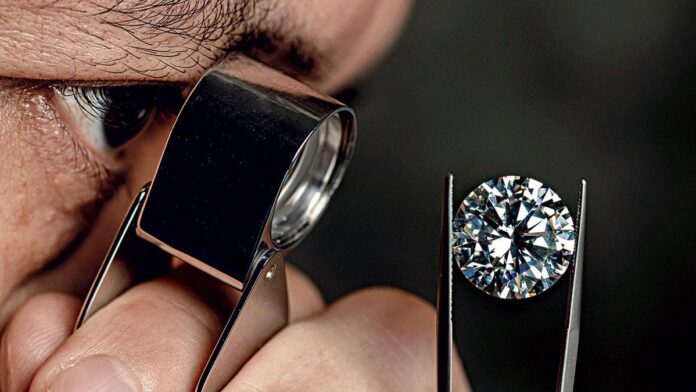
Whether you’re buying an engagement ring, wedding rings, or an anniversary gift, it’s important to know as much as possible about diamonds before you start shopping.
While there is quite a bit to know about diamonds, one thing you may not have on your list is to learn about lab grown diamonds. These are real diamonds and are a legitimate option for diamond jewelry. If you’ve never researched lab created diamonds, this article will help you get acquainted.
Table of Contents
1. Lab created diamonds are graded just like mined diamonds
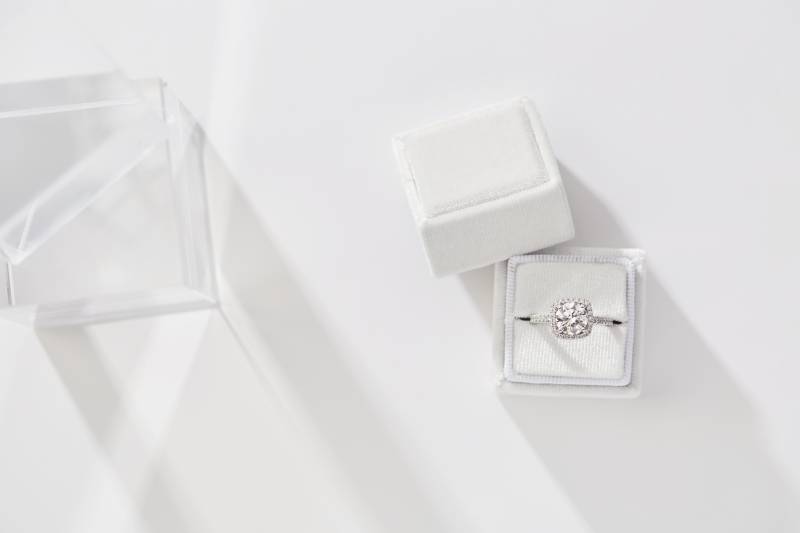
As you probably already know, diamonds are graded according to the four “Cs” – cut, clarity, color, and carat. This creates a virtually infinite number of possibilities for diamond quality, and if you don’t know what you’re looking for, you might end up paying more than you should.
Diamonds are graded after being intensely studied according to how well they’ve been turned into a jewel from their raw form. The more flawless a diamond is in clarity and color, the higher it will be graded.
2. Lab grown diamonds are real diamonds
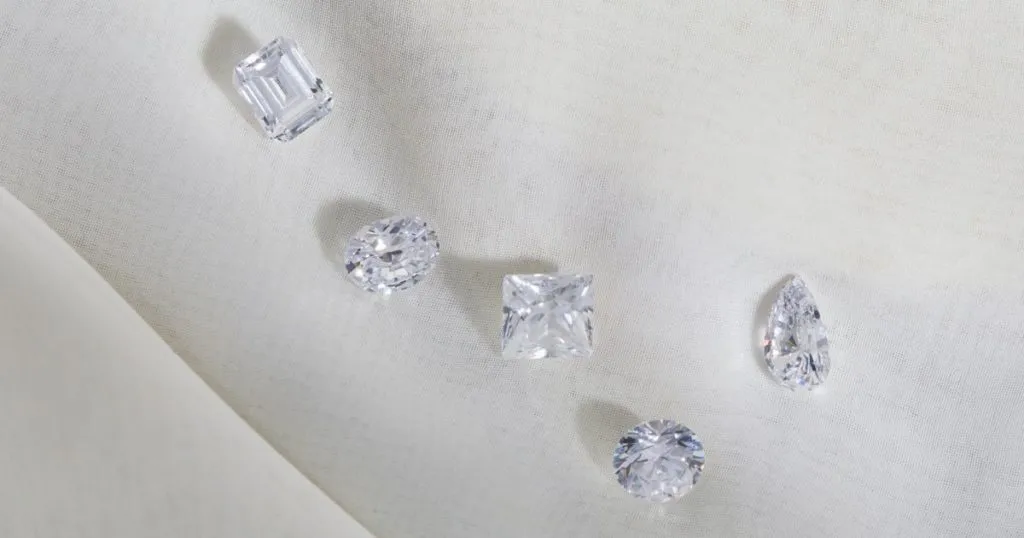
The most important thing to understand is that lab grown diamonds are real diamonds. They’re not fake, they’re not cubic zirconia, and they’re indiscernible to the naked eye. Lab grown diamonds are chemically and optically identical to mined diamonds.
The only slight differences are certain trace elements and the pattern of crystal growth. However, these differences can only be seen by using special equipment and can’t be detected with the naked eye.
The process used to create diamonds in the lab is highly complex and precise, but it’s all done by equipment programmed to apply the right amount of pressure and heat. Labs recreate the natural conditions that create diamonds in nature, but in order to speed up the process, a “diamond seed” is used.
A diamond seed is just a small amount of carbon taken from an existing diamond. When placed under the right conditions – heat and pressure – more carbon will form around the existing carbon until a raw diamond has been created.
There are actually two main methods used to make diamonds in the lab: High Pressure, High Temperature (HPHT) and Chemical Vapor Deposition (CVD). Both methods produce beautiful diamonds in a way that simulates the natural conditions in which mined diamonds are created.
3. Most lab grown diamonds are marked
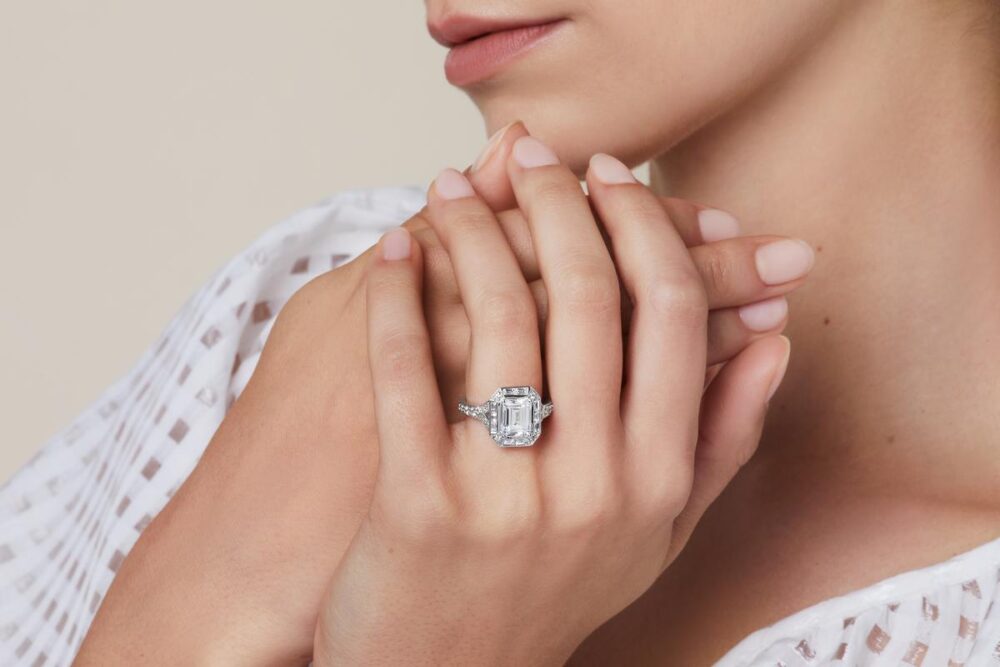
Although lab grown diamonds are indistinguishable to the naked eye, they are almost always marked in a way that can only be seen through close, magnified examination. This is to ensure they aren’t mistaken for mined diamonds and overpriced.
Responsible, ethical companies that produce lab grown diamonds mark their diamonds with a laser inscription that can only be seen with special equipment. This is done to ensure that anyone grading the diamond will know it’s been made in a lab. While there are certainly companies that don’t mark their diamonds and sell them as natural diamonds, the majority of diamond producers are running honest businesses and have no need to fool anyone.
If you have a diamond and want to know if it’s mined or lab grown, take it to a jeweler to have it examined. If you do this, you may as well have it professionally graded in full.
4. Lab created diamonds are significantly cheaper
Since diamonds don’t need to be mined, they cost significantly less money to produce, which is why lab created diamonds are much cheaper than mined diamonds. In many cases, lab grown diamonds cost up to 40% less than mined diamonds.
When you’re looking for the perfect piece of diamond jewelry, you can get the same grade of diamond at a cheaper price when it’s lab-made. This means you can get an automatic upgrade in your diamond without spending more money. Or, you can choose to spend less money and save more.
5. Lab grown diamonds are eco-friendly
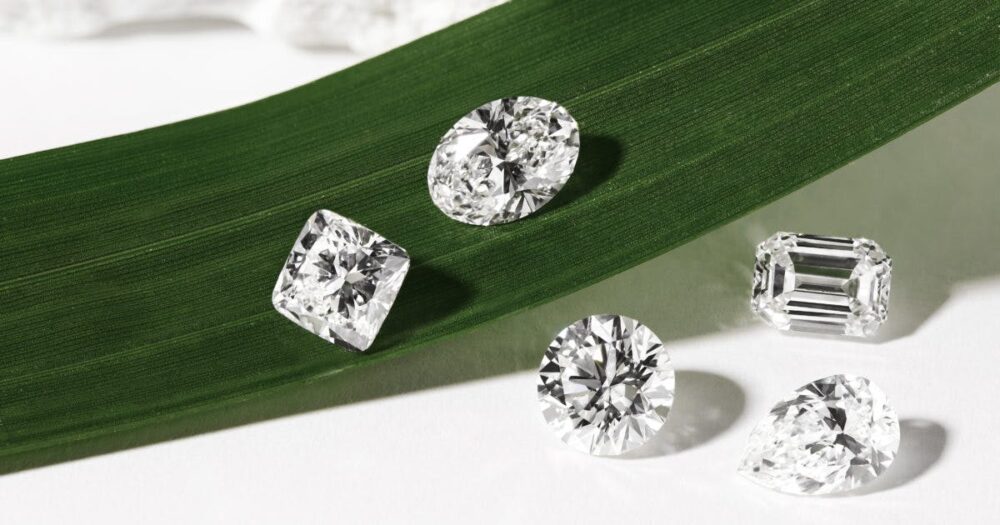
One of the most significantly damaging impacts of the diamond mining business is the environmental impact. Diamond mines leave behind significant destruction in several forms.
First, the mine itself strips the earth down to nothing, leaving massive craters more than one-thousand feet deep and wide. The wastewater that comes from the mining process contaminates the soil and the water, causing harm to wildlife and nearby townspeople.
When diamond mines are set up near residential towns, many people end up relocating because of the blasts. Some nearby towns have been decimated by the impact of mining activity.
Sometimes companies change the course of waterways to mine diamonds, which destabilizes massive ecosystems, destroys plant life, and devastates wildlife and human water sources. And although companies are required to restore the area once all mining activity has been completed, that rarely happens.
6. Lab grown diamonds are conflict-free
Although the Kimberly Process has made an estimated 99.9% of all mined diamonds conflict-free, it’s still possible that some mined diamonds came from a source of violence and exploitation. If you care about avoiding this at all costs, opting for lab grown diamonds is the way to go.
With lab created diamonds, you’ll never have to worry about whether your diamond is a blood diamond. These diamonds aren’t mined, so they’re not going to be involved in any wars, violence, or dangerous mining conditions.
7. Lab grown diamonds are cut just like mined diamonds
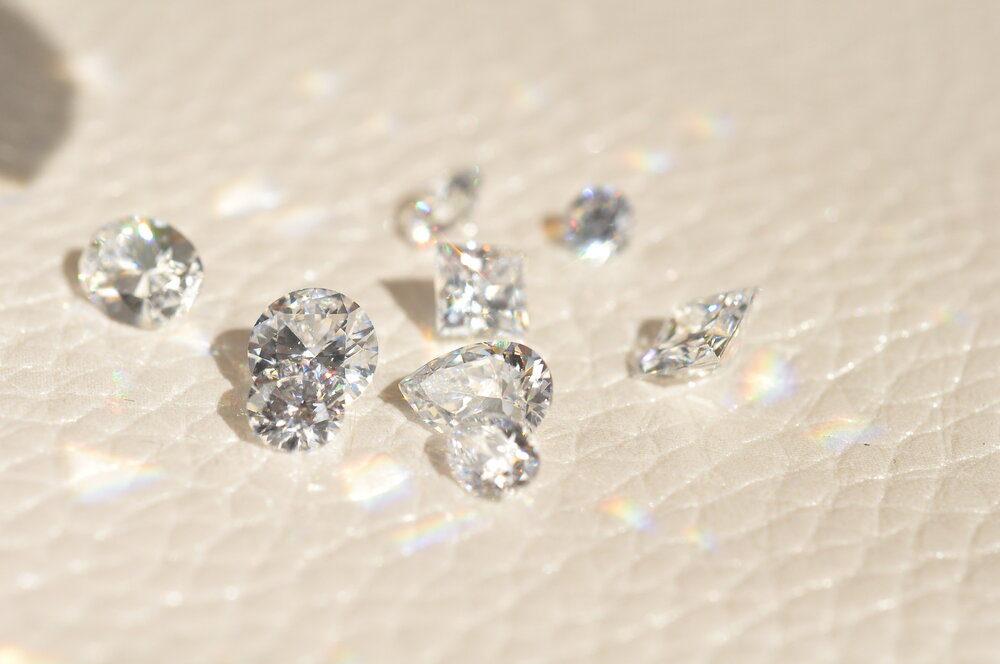
When choosing a lab grown diamond, you won’t be sacrificing quality, style, or cut. Since diamonds created in a lab are identical to mined diamonds, they’re treated the same way when being cut.
For instance, lab grown diamonds are cut into all the standard shapes, including:
- Asscher
- Cushion
- Emerald
- Heart
- Marquise
- Oval
- Pear
- Princess
- Radiant
- Round
All of these popular cuts are available with lab created diamonds just like you would find with mined diamonds.
Lab created diamonds are an excellent choice for jewelry
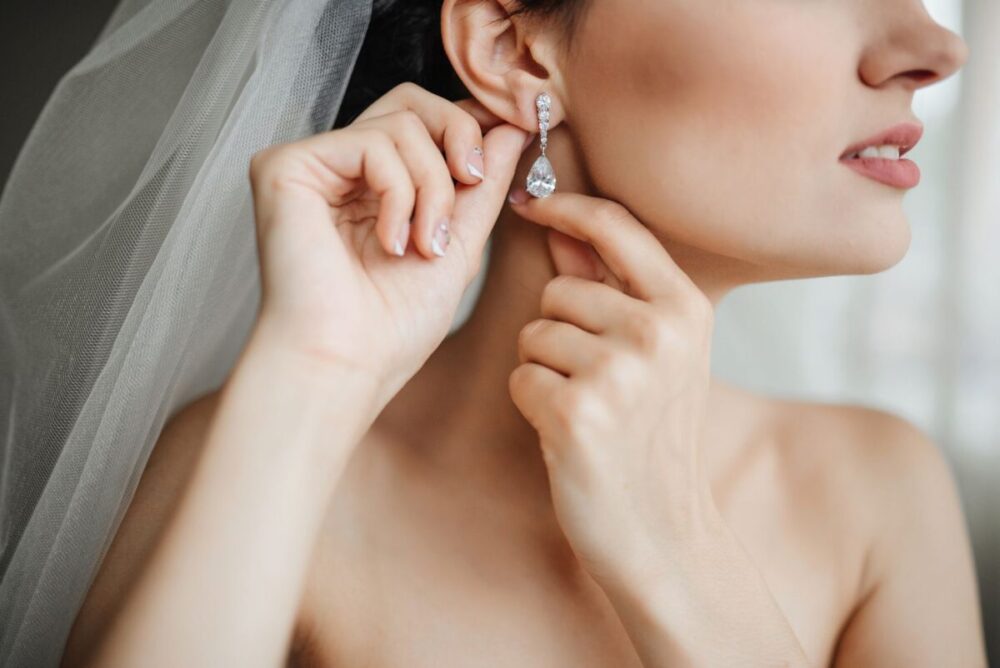
Now that you know a little more about lab grown diamonds, you have more information to choose your diamond jewelry. If you’re looking to save money or keep your existing budget and get a bigger diamond, lab created diamonds are a great choice.







